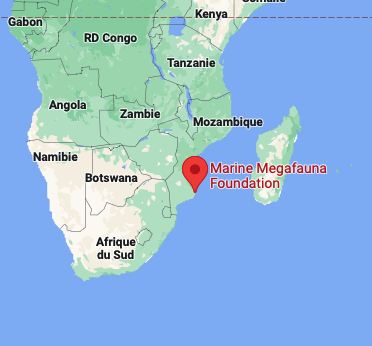Satellite detection to protect Africa's ocean giants
THE project
CONTEXT AND MAIN ISSUES
Manta rays are among the many species of rays and sharks that inhabit Mozambique’s rich waters. However, they are under serious threat from the intensive and illegal fishing that proliferates along the South African coast. Using satellite tracking methods, this project aims to better understand and compare manta ray movements and existing fishing pressures, as well as to assess the effectiveness of current marine protected areas.
South Africa and Mozambique are hotspots for many species of ray and shark that are threatened, or for which essential data is lacking. However, their protection varies from country to country: Mozambique’s long coastline is subject to a variety of fisheries, making it a breeding ground for illegal, unreported and unregulated (IUU) fishing. Manta ray sightings have fallen by 90%, underscoring the urgent need to protect these species and their key habitats.
GOALS
Study of manta ray movements and fishing pressure in Mozambique using satellite tracking methods.
METHOD
The main aim of this project is toidentify areas of overlap between manta rays and industrial fishing, and toassess the effectiveness of marine protected areas (MPAs) for their conservation using satellite tracking methods. The project also combines participatory science and observations of artisanal fishermen to study illegal fishing in shallow coastal waters, as well as areas of conflict between industrial and artisanal fishing. This research program will provide crucial information on the use of the coast by rays and sharks, baseline data to assess their current conservation status and future populations, and support the development of effective conservation strategies.
HOW IS THIS PROJECT INNOVATIVE?
The Manta project is innovative in that it uses satellite tracking methods to study the movements of manta rays and existing fishing pressure along the South African coast. It aims to assess the effectiveness of current marine protected areas in conserving these threatened species. The project is also distinguished by its use of participatory science and observations of artisanal fishermen to study illegal fishing in shallow coastal waters and areas of conflict between industrial and artisanal fishing. By providing crucial information on how rays and sharks use the coast, this research program will support the development of effective conservation strategies to protect these species and their key habitats.
Graphic summary
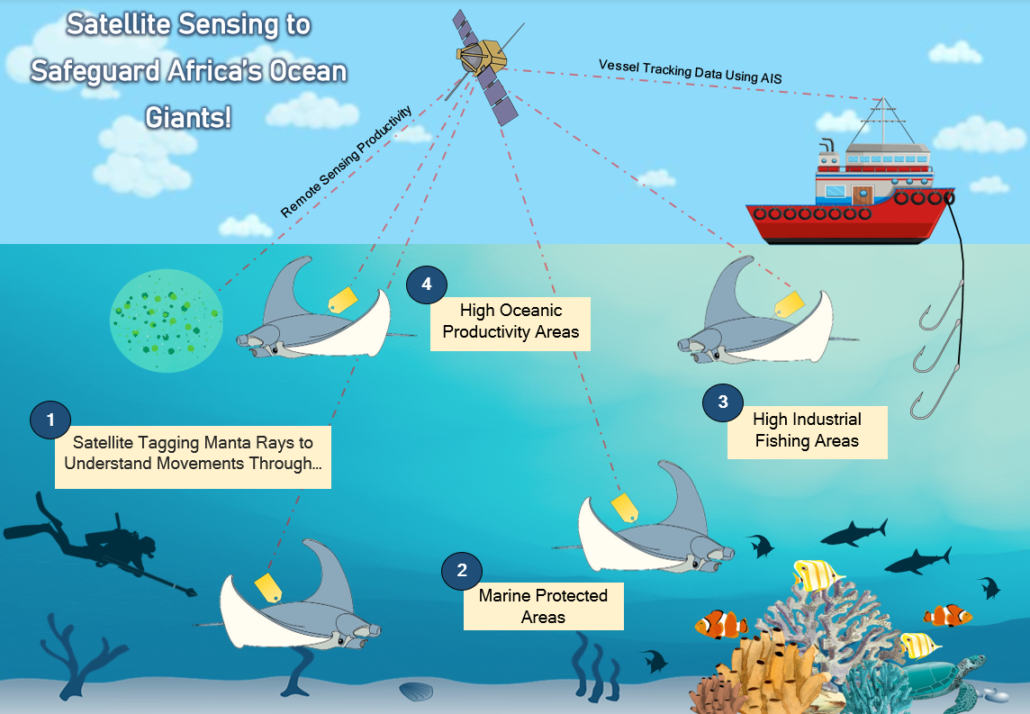
NEWS
Project duration
2022 – 2024
SUSTAINABLE DEVELOPMENT GOALS
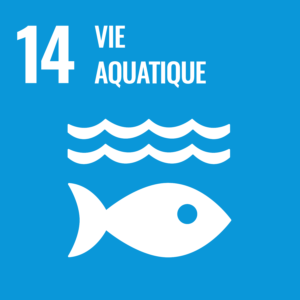
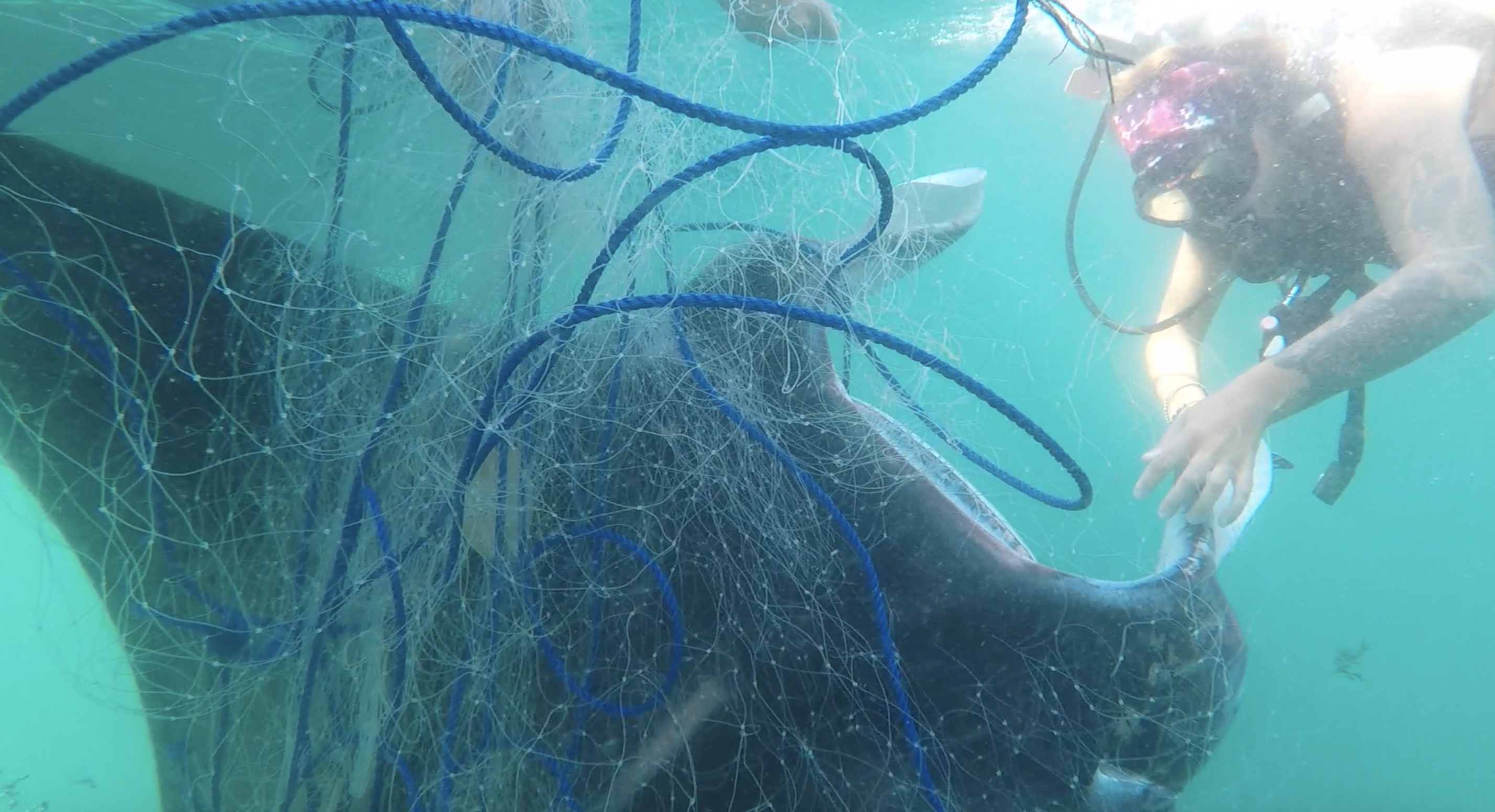
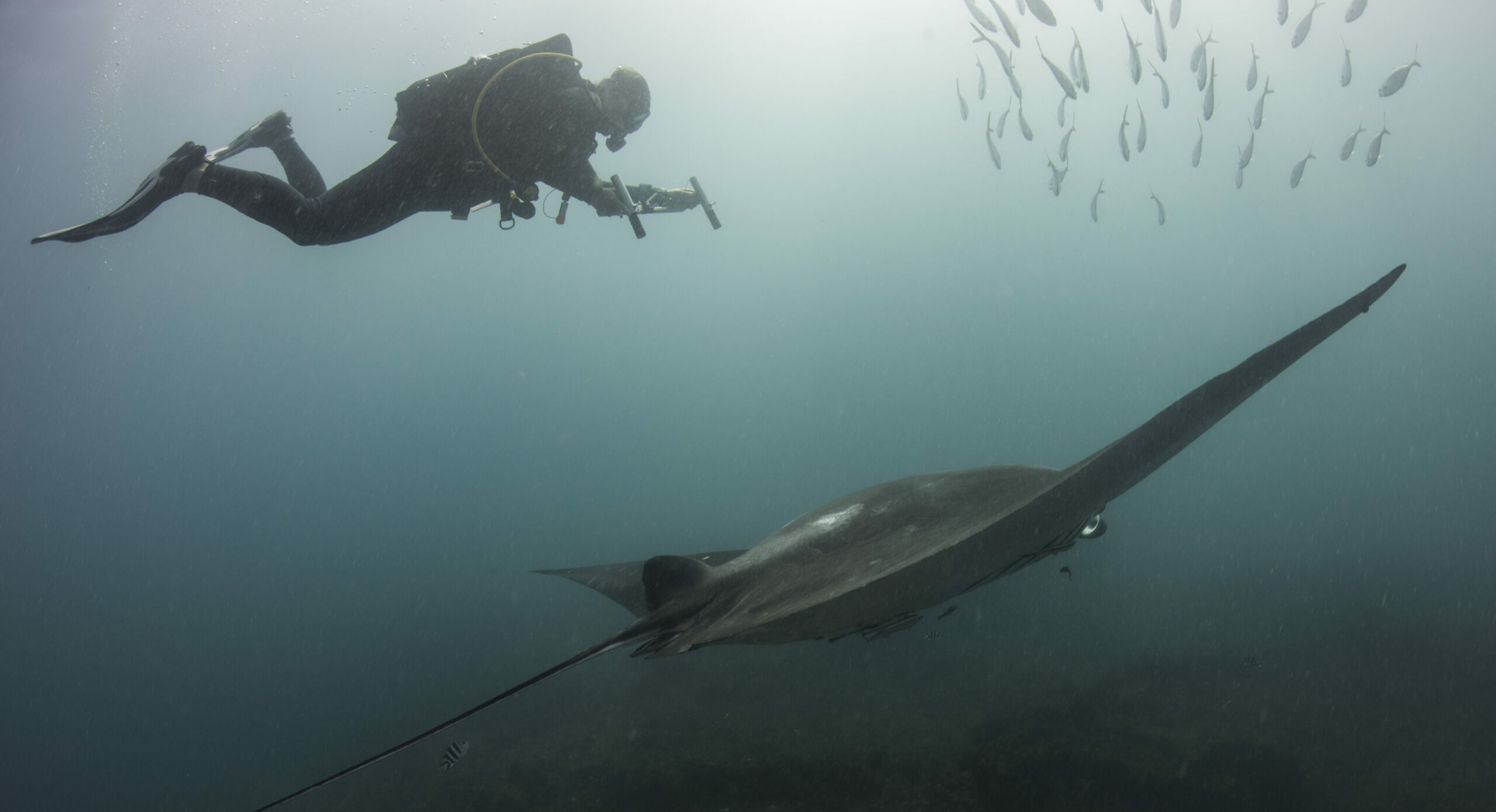
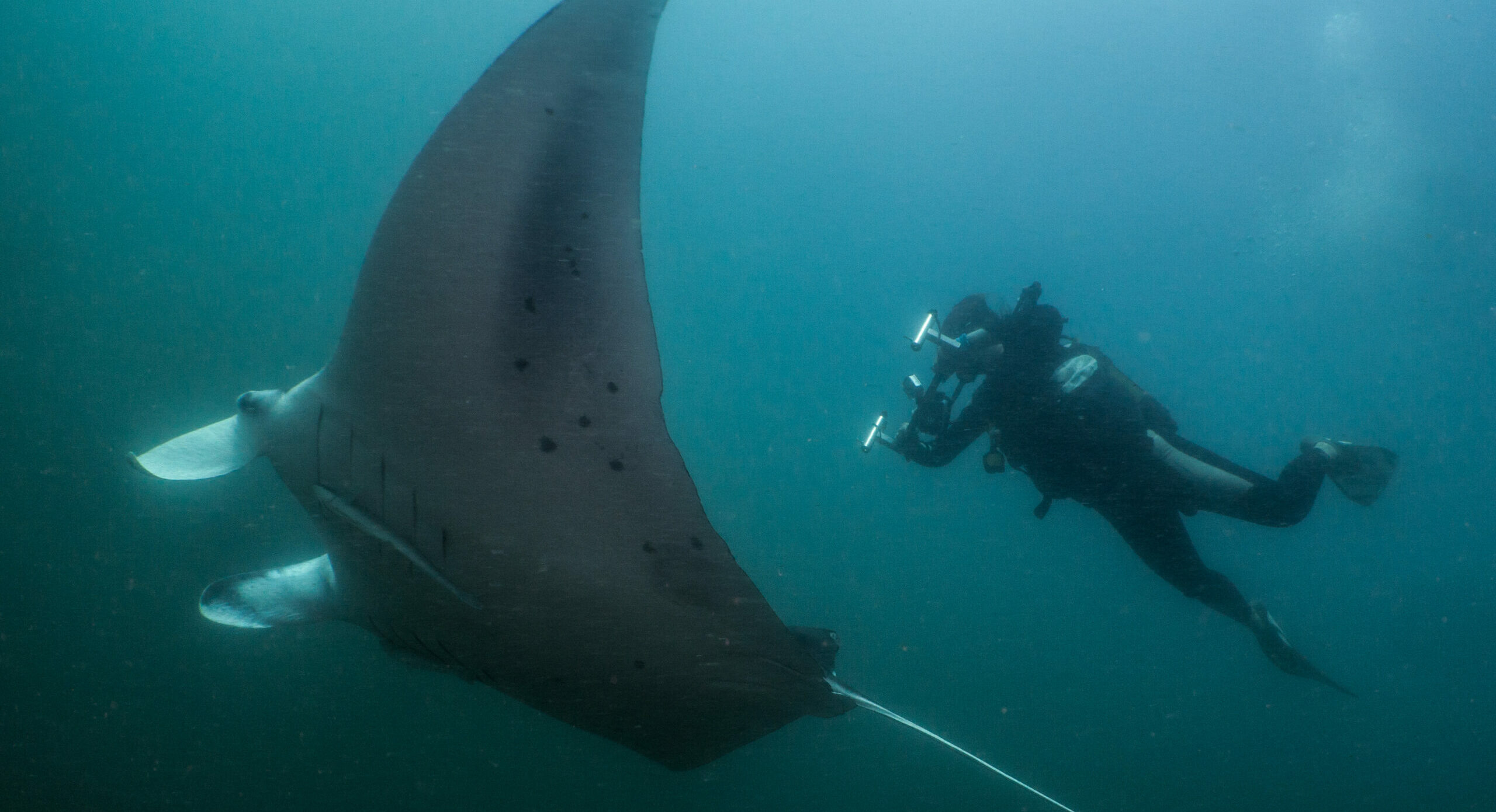
Results and advances
Coming soon
Step 1
Lorem ipsum dolor sit amet, consectetur adipiscing elit. Ut elit tellus, luctus nec ullamcorper mattis, pulvinar dapibus leo.
Lorem ipsum dolor sit amet, consectetur adipiscing elit. Ut elit tellus, luctus nec ullamcorper mattis, pulvinar dapibus leo.
étape 2
Lorem ipsum dolor sit amet, consectetur adipiscing elit. Ut elit tellus, luctus nec ullamcorper mattis, pulvinar dapibus leo.
Lorem ipsum dolor sit amet, consectetur adipiscing elit. Ut elit tellus, luctus nec ullamcorper mattis, pulvinar dapibus leo.
étape 3
Lorem ipsum dolor sit amet, consectetur adipiscing elit. Ut elit tellus, luctus nec ullamcorper mattis, pulvinar dapibus leo.
Lorem ipsum dolor sit amet, consectetur adipiscing elit. Ut elit tellus, luctus nec ullamcorper mattis, pulvinar dapibus leo.
The team

Nakia Cullain
PhD in in Marine Ecology at Dalhousie University, Canada

Dr. Andrea Marshall
Founder and Scientific Director of the Marine Megafauna Foundation

Dr. Stephanie Venables
Research Officer, Marine Megafauna Foundation, Mozambique
Scientific partners

Prof. Heike Lotze
Professor of Marine Ecology at Dalhousie University, Canada

Dr. Derek Tittensor
Adjunct Professor, Marine Ecosystem Futures Laboratory (Dalhousie University, Canada). Jarislowsky Chair in marine ecosystem evolution.

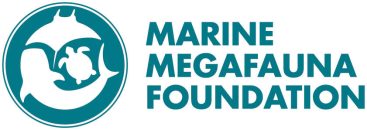
News


